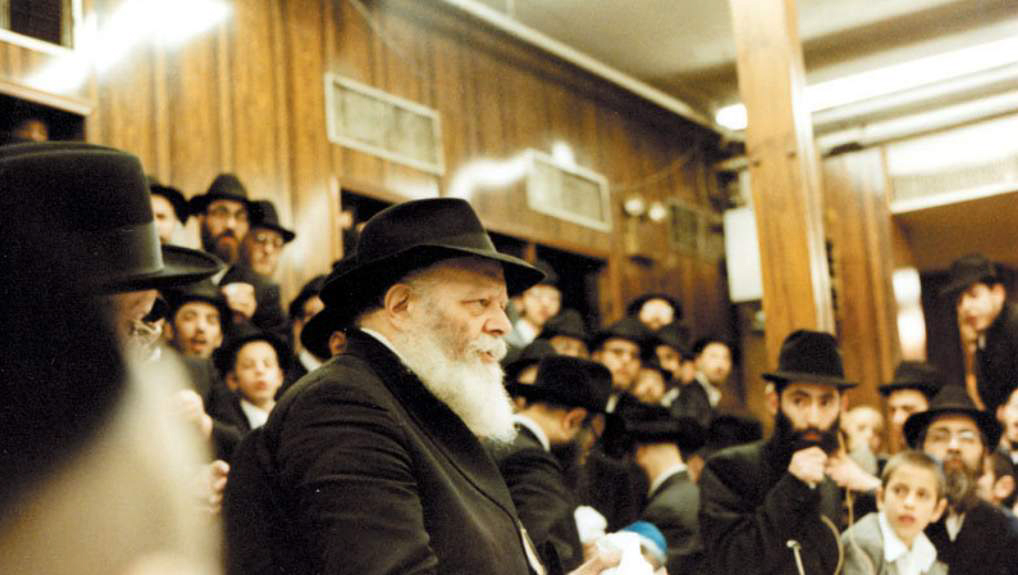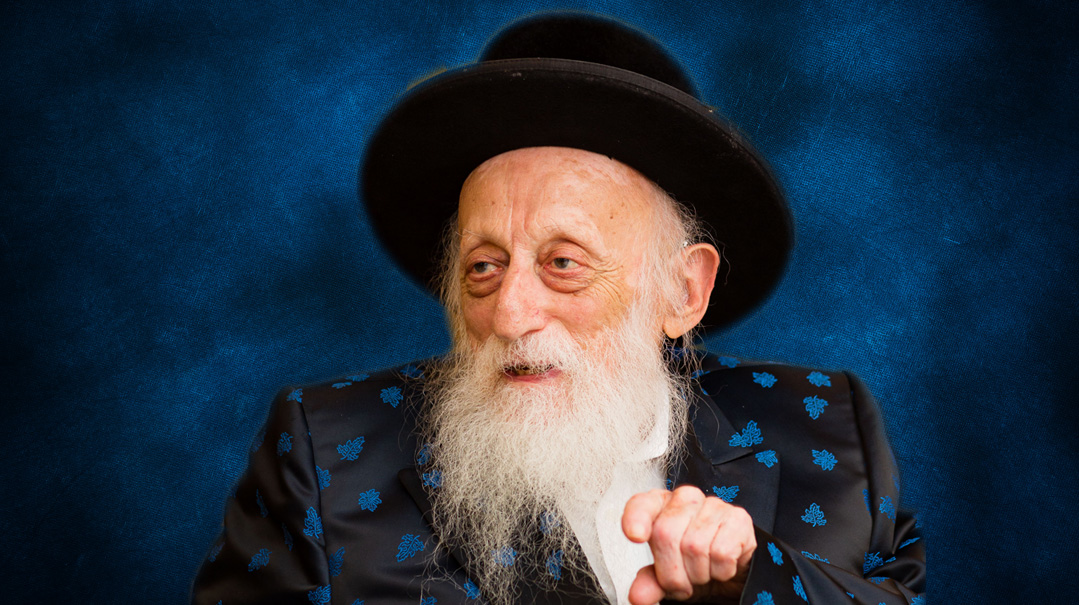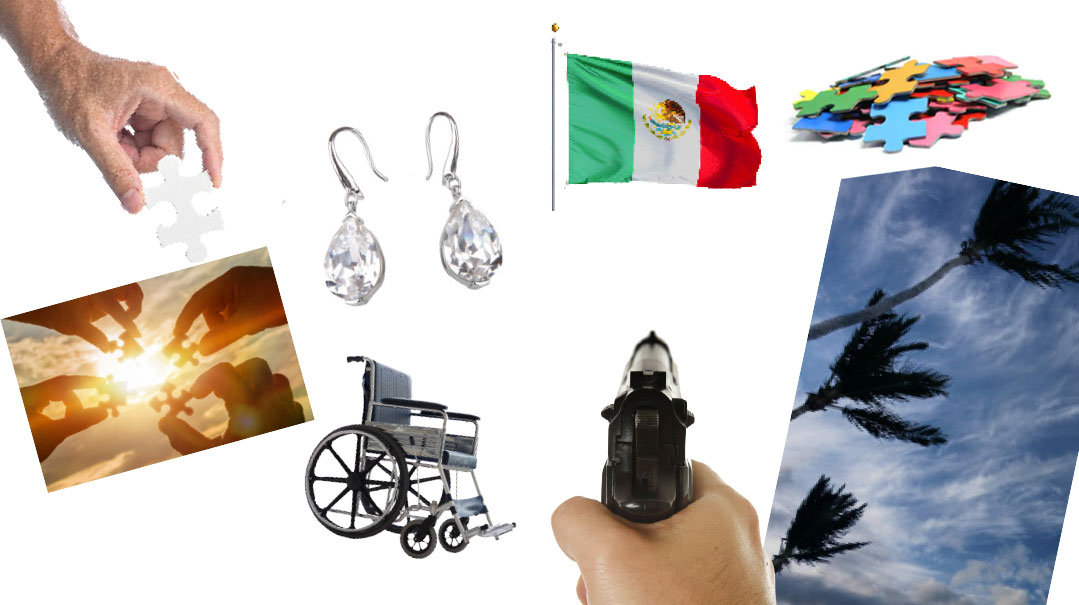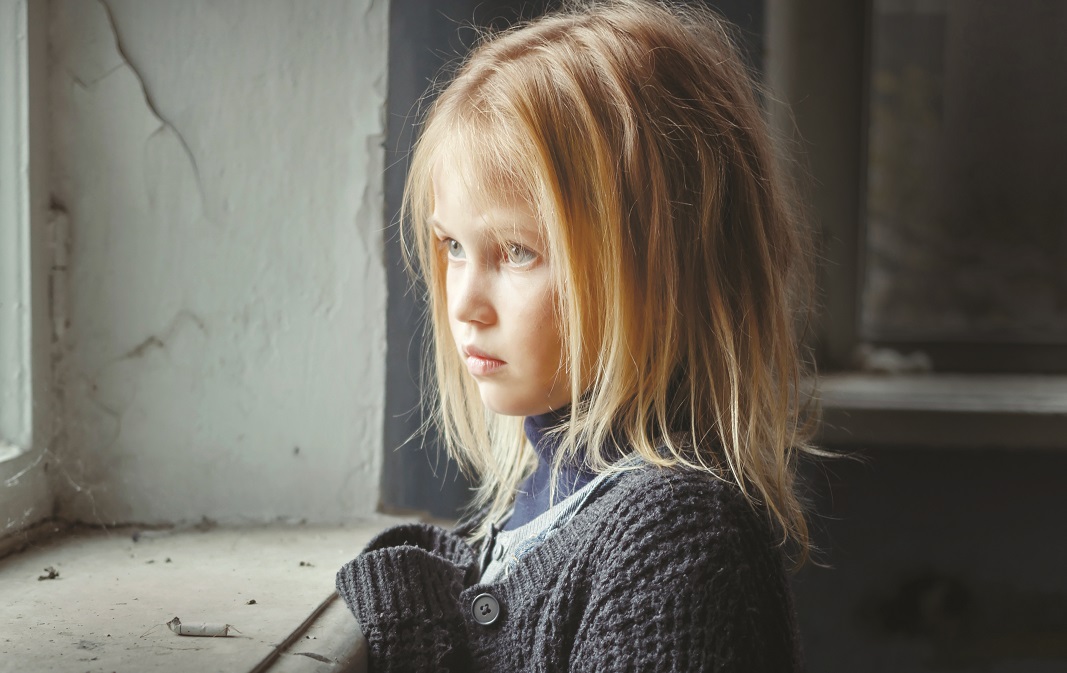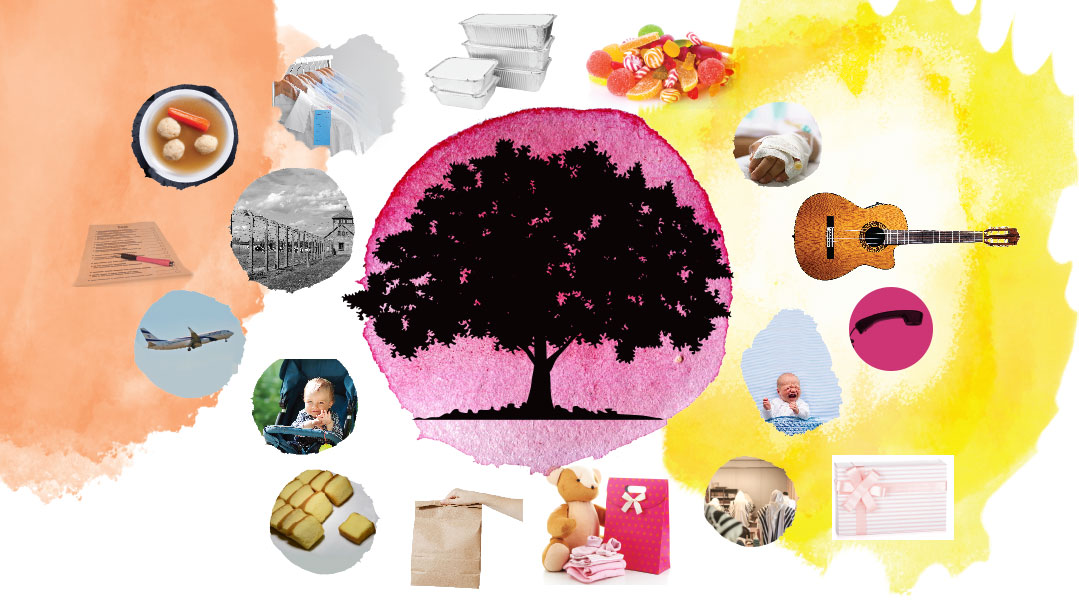Names Etched in Wood

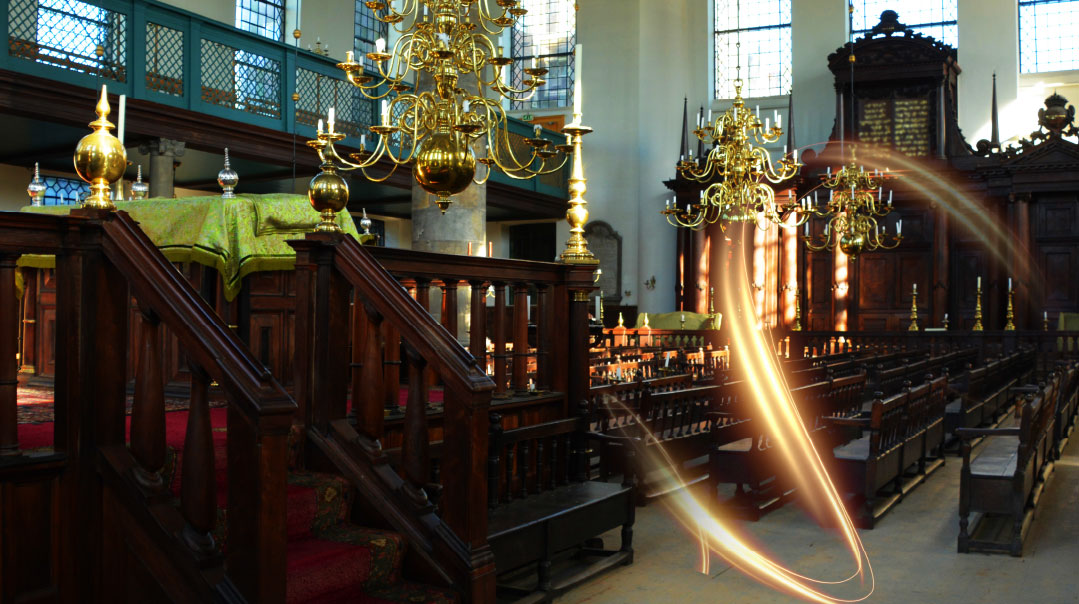
A
msterdam — city of old, of stone, art, passion. Light from old-fashioned streetlamps spilled into dark, rain-swept corners. People huddled in the narrow roadsides. Everywhere the quiet lap of the canal.
I was drinking it in, a city I’d never been to before. Here for the day as a tourist, hungry-eyed.
We saw the canals, the bikes, the artwork everywhere, the things that give this small city its charm. We visited the Esnoga, the Portuguese synagogue we’d learned about in Jewish History class, rising before our eyes.
“It was the largest synagogue in the world at the time it was built, around 1675,” the tour guide said. “It symbolised religious tolerance in Amsterdam in the 17th century.”
A welcome tolerance, after the Inquisition. The synagogue and the community flourished.
There were rows and rows of benches, a grand aron kodesh. Beautiful marble pillars dominated the room. Chandeliers hung low like a canopy of golden trees.
“They would light them, all 1,000 candles. Even now, on the holidays, we light the interior with all those candles.”
In my mind, the dim space brightened. The benches filled. Escapees, Anusim, characters from the Inquisition-era school plays, robed figures from the books, were there, sitting or swaying, filling the room with something.
But when I blinked, there was only the dust, swirling in the vast light from the windows.
When the talk was done, we converged on the place, going off in little groups of our own to see the silver Torah decorations, the embroidered carpets, the world-famous Ets Haim library.
Afterward, my friend and I sat down on a prayer bench, spent. And we saw they were still place-marked, every seat etched with a name.
A trip to Europe is always a sea of names. Names in memorials. Endless names on the walls of museums and synagogues to commemorate those who are no longer. These were names, not on walls, but in wood, showing ownership, a seat of prayer. Names of life, really. Trying to leave their mark.
We looked around at the synagogue, huge and beautiful, but more museum than synagogue.
For a moment, I was touched by these names I didn’t recognize, and then we were outside. We drove on. We spent Shabbos in the Dutch countryside. We ate and drank, and most of us would never be back, think back, again.
It was a good decade before I heard those names again.
My husband and I wound up in Gibraltar for Shabbos. We ate a meal at a family, a parnas, a rock of the community on a rock. The woman of the home, a strong Sephardic woman, piled our plates with food.
It was a meal of memories, albums taken out, people who had a wealth of things to show for themselves.
Discussion about a dish made her bring out another book, a huge, full-color book of Moroccan cuisine, a story of food and family.
She pointed here and there, a history lesson across the dining room table. Benny’s parents came from there, she pointed downward, Syria, but one grandmother came from there. Europe. She pointed again. Beyond the bookcase, that was Europe.
“It wasn’t our parents, just one grandmother, but I shudder, I can’t go back,” she said. “I feel like I should, but the horrors twist my gut. I know I’d feel the hands of the demised under the ground pushing me out by my shoes.
“The only place I’ve been to is Amsterdam. To see the huge Portuguese synagogue. The synagogue here is modeled after it,” she explained.
“I’ve been there too,” I said. “Back in seminary we took a trip to Amsterdam.”
“Really?”
“I don’t remember much. Marble and candles and benches.”
She was excited by the details I did remember. “What of the names?” she asked. “Did you see the names?”
“Yes, yes,” I said. “The names on the benches, you mean.”
She nods. “Do you know what we noticed? Do you know what we found? We realized, after a few rows of benches, that so many of those names are Gibraltarian.”
“Interesting,” I said. “The Jews of Gibraltar, you mean?” Figures, I thought. This is a Sephardic community...
She shook her head. “Some. But no, most of the names on those seats are the names of Gibraltar’s non-Jewish families.”
“What?”
“Yes. I was over 50 when I saw it myself, when I realized that the people I’d gone to school with, the friends who had these strange customs, they were souls lost into the echelons of Spanish society. The friends who had sometimes taunted me for my Jewishness, so many of them could trace their roots back to the benches in an Amsterdam synagogue.”
She listed the names, her husband adding more. With each name, she recalled a classmate, a neighbor, living as non-Jews today.
“They are lost Jews, wandering around knowing nothing of shared history, of the names in wood that bind them.”
I looked at her. Sixty or more, reliving the trip as if it were yesterday. These were her people. In the profound sense of loss in the room, I could almost touch my own feelings of a decade ago.
Making your mark, and then? The ignominy of it. The names crying out, I was here, like school kids with a pen knife on a desk. I was here... but the progeny had drifted away.
For her it was so much more. She’d borne their superiority, their anti-Semitism — and then she was confronted by their names. She traced her fingers on a tablecloth half a world away, as though she were tracing the names on the benches.
“We need to go home,” she said.
Earlier we’d spoken of the relative respect Jews have in Gibraltar, the affluent families, the influences on the government.
“Don’t get fooled, they don’t like us,” Benny said now. “They put up a good front, they pretend, but here and there it comes out.”
“And the craziest part is that so many of them are really us,” she added.
We were eating desert, strawberry shortcake, icing sugar, succulence. Her daughter, with a high position in banking, was going to show us the botanical gardens later.
But still, “We need to go home,” she said again, like it was the answer to everything.
(Originally featured in Family First, Issue 673)
Oops! We could not locate your form.







